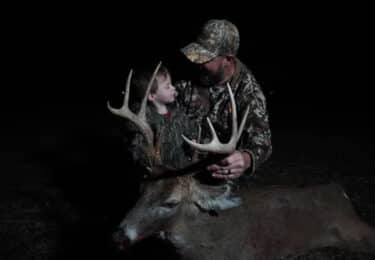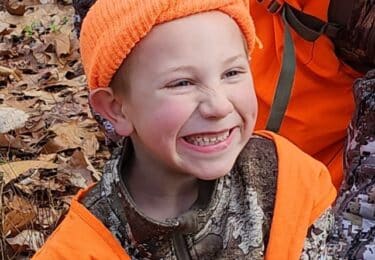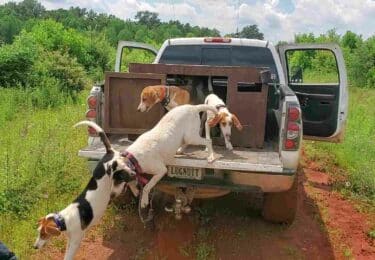Learning How to Scout Effectively
E-SCOUTING
Let’s say we want to scout this piece of land.
First things we want to do is mark the special terrain features.
-Saddles -Benches -Extremely Steep Terrain -Drainages or Ditches
Here we have this piece of timber marked.
Green represents Saddles
-Saddles are low spots in ridges that connect one face of the ridge to the other.
Deer travel through this low spot in the ridges as it is the travel of least resistance and bottlenecks them down.
Yellow represents Benches
-Benches are flat spots on ridges where the terrain goes from steep, levels off and then continues rise in elevation. Deer use this terrain feature to bed and feed if mast trees are present. Benches can also be productive during the Pre Rut and Rut as bucks will cruise them to scent check doe bedding areas using the wind and thermals in search of an estrous doe but we will cover that in another segment.
Red represents Steep Terrain
-On a topographical map the closer the brown lines or elevation lines are together the more rapidly the rise in elevation. These areas provide cover for deer from predators and hunters. These locations can be extremely good as most hunters are not willing to walk up or down the steep terrain to get to these locations.
Blue represents Drainages or Ditches
-The easiest way to locate drainages or ditches on a topographical map is looking for “upside down U’s”. These ditches are often times travel corridors up and down ridges. However the idea is not to set up in the middle of the ditch. For one most deer movement will occur at the top of the ditch where they will walk around the steep part of the ditch and then side hill down or up the ditch. Secondly if you were to setup in these ditches you would almost certainly get winded from passing deer. Ditches are notorious for swirling winds due to thermals and cooling air due to the nature of the terrain feature. The top or highest parts of ditches can be very productive as it provides a bottleneck for deer to travel around as well as being able to scent check the entire valley below.
Ok, so now that we have a topo map that looks like a clown, what do we do now? We can break down this map a little more for when we want to put boots on the ground in late winter or early spring.
The nine bubbles are areas where multiple terrain features meet or locations of high traffic bottlenecks. We’ve now narrowed down 950 acres into 9 locations to scout for deer sign.
The final step I take in E-scouting overlapping Google Earth with the areas that I want to scout. Google Earth has a feature on their desktop version that allows you to look at historic aerials. This can be extremely useful in locating pockets of Oak Tree flats. Although you won’t know which type of oaks they are, it will give you a starting point for when you put boots on the ground. In the above figures I’ve referenced the ridge tops with waypoints for navigational reference.
The aerial photo is from Google Earth and was taken in October of 2015. As we all know in most parts of the country, this is when the leaves start to change. We also know that oak trees are typically the last to change colors and the last to lose their leaves. So what you want to do is cross reference your high travel areas that we bubbled and also look for areas on aerial the map near those bubbles that are still green.
 In this figure you can see now we’ve broken the area down even more in looking for pockets of oaks close to those bottlenecks and terrain features we originally found. Although I wouldn’t completely rule out the other 3 spots we located as they may be better producers during the Pre Rut or Rut. Once you get boots on the ground in late winter or early spring when you are still able to see sign that was left from the previous season, you will be able to put the pieces to the puzzle together that will make you more successful.
In this figure you can see now we’ve broken the area down even more in looking for pockets of oaks close to those bottlenecks and terrain features we originally found. Although I wouldn’t completely rule out the other 3 spots we located as they may be better producers during the Pre Rut or Rut. Once you get boots on the ground in late winter or early spring when you are still able to see sign that was left from the previous season, you will be able to put the pieces to the puzzle together that will make you more successful.
To see more of what Toren has going on you can follow him on his IG @the_wild_rambler
To get all the happenings at Cervicide follow us on YT @Deerslayer TV IG @Cervicide and our podcast The Whitetail Theories Podcast wherever you get your podcasts.








